10 curious facts about maritime transport
1. Maritime transport represents 90% of world trade shipments.
2. The cost of building large container ships can exceed $ 200 million.
3. Only between 2% and 10% of the containers that transit around the world are inspected.
4. Maritime transport is an ecological form of transport, if we compare it with trucks or airplanes.
5. The average cost of shipping a bicycle is $ 10. The cost of sending a can of soda is $ 0.01.
6. Right now, there are about 20 million containers traveling by sea.
7. The engine of a container ship is 1,000 times more powerful than that of a car.
8. About two-thirds of commercial ships do not have advanced communication facilities on the high seas. Only 10% of the boats have Internet on board.
9. The ports of the East Coast of the United States, New York and New Jersey, carry a third part of all the traffic of the North Atlantic.
10. There are approximately 1.5 million sailors, the vast majority of whom come from the Philippine Islands.

Importance of underwater ship repairs and maintenance
Standard support and fixes to your boat is a fundamental piece of being a vessel proprietor; it assists with guaranteeing wellbeing and security, keeps your boat in top condition and can set aside you time and cash over the long haul
Every so often, a submerged fix is the lone possible alternatives, especially in occurrences of body, propeller and plating upkeep.
Submerged boat fixes can:
· Signify your necessities
· Set aside cash over the long haul
· Lessen time spent in dry dock
· Further develop transport proficiency
Here’s why certain underwater repairs and maintenance are so important:
Hull Cleaning
Maybe the main sort of submerged boat fix, body cleaning ought to be finished consistently.
By keeping your boats structure spotless and kept up with, you can stay away from terrible shocks like barnacles, marine scavangers that whenever left untreated can connect themselves permanently to the underside of your boat.
Propeller Polishing
Regular propeller polishing can assist with diminishing the surface's harshness and thusly, can save huge costs eventually. Smooth propeller surfaces become ungracious to marine living beings, which means the underside of your boat will not turn into a homing ground for marine life that could cause harm.
Hull Plate Repairs
Damaged hull plating can be the result of many factors; natural corrosion, stress from long voyages or unavoidable wear and tear after years of use. Allowing defective hull plates to go unnoticed can cost you, both financially and in time, so immediate repair and maintenance once a fault has been identified is important. Repair methods are varied; from a hydraulic ram to specialist tempering.
Underwater Ship Painting
There will without a doubt be a period where submerged composition or cement work to the lower part of your boat is required, especially if any defensive covering starts to break down and erode. Customary upkeep on your boat's paintwork can assist with hindering such erosion as well as putting aside your money; if rust or oxidization is left for a really long time, it turns into a significantly more costly issue to have.
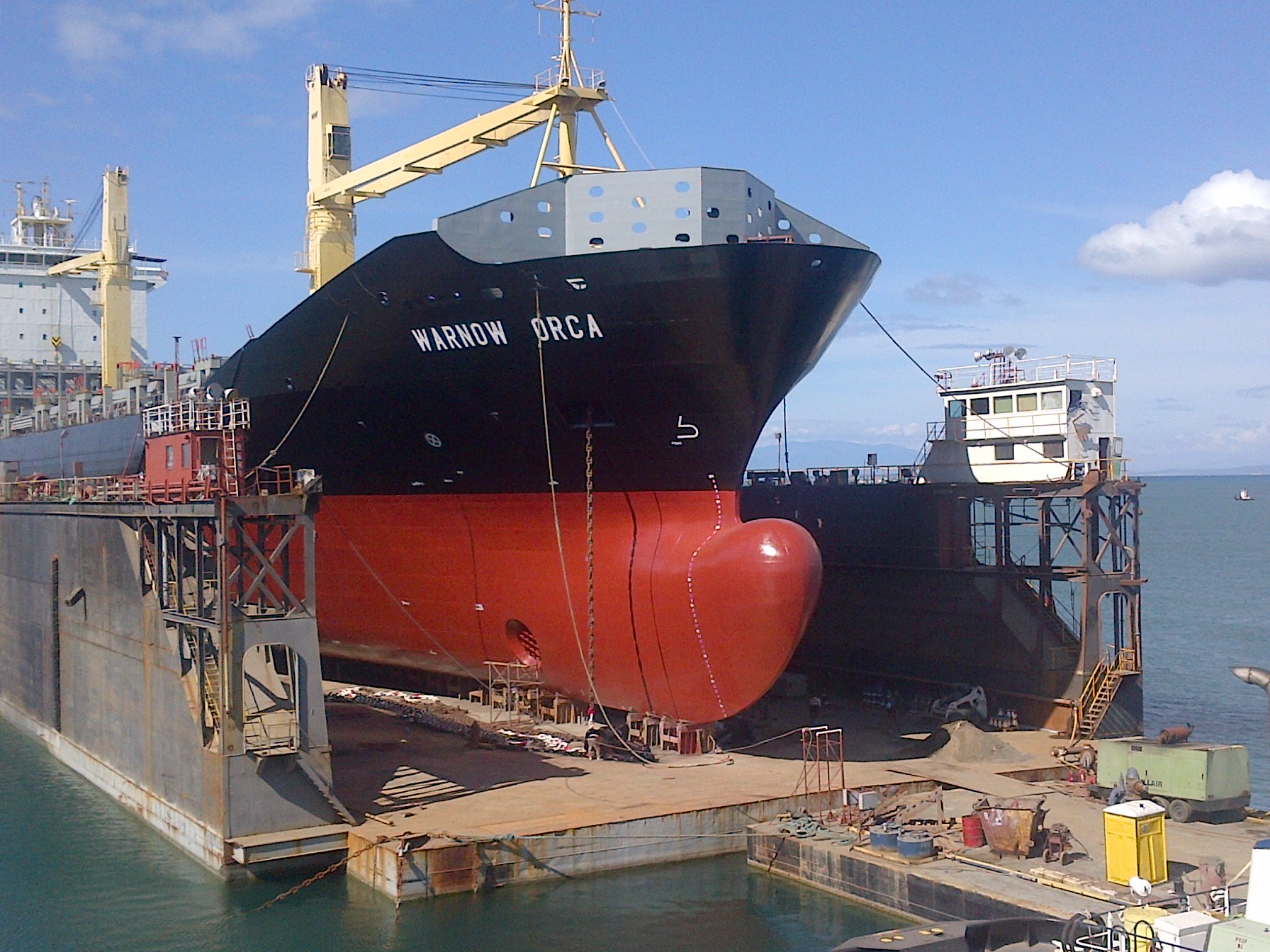
How is subsea cable repaired?
Submarine information links are situated under the sea, and associate individuals all throughout the planet with information and data, while submarine electrical links move power, for example, those utilized on wind ranches.
Differences in the two types of cables
Data cables are made up of a few fiber optic strands of glass about the width of a human hair. Most of the cable is actually protection for these strands, as well as conductive material to power the cables. The size of the final product varies depending on the amount of protection it needs: larger, more protected cables are usually near the shore in shallow water, and thinner cables are buried deep under the ocean.
Why do underwater cables need repair?
Damage can be caused by failure in a cable, but this is very uncommon. Earthquakes can damage cables, like the one in 2006 off the coast of Taiwan that caused a loss in international phone and internet data service. Sharks sometimes chew on the cables, as seen in the article above, but this is also rare, and they usually don’t do much damage. The most common failure is boats; trawling by fishing boats and ships dropping anchor can snag and easily damage the cables, which aren’t buried very deeply in the sea bed.
How are underwater cables repaired?
The first step in repairing an underwater cable that can be thousands of miles long is figuring out where the damage is located. The general location is found by internet and phone outages, or in the case of electrical cable, the power outage. Data cables are fiber optic, so a light pulse is sent through the cable that would normally go all the way to the other side. Broken fibers bounce the light pulse back, and engineers can measure the time it takes the pulse to return to find the specific location of the break. Undersea power cables get a rough estimate of where the break is, then send a Remotely Operated Vehicle, or ROV, with fault detection instruments to find the damage. Some causes, like an anchor strike, may be easy to see, but others take more time to find. Once the break is located, a cable ship is dispatched to repair. All they have to do is brave the weather, pirates, and sea creatures for a successful fix.
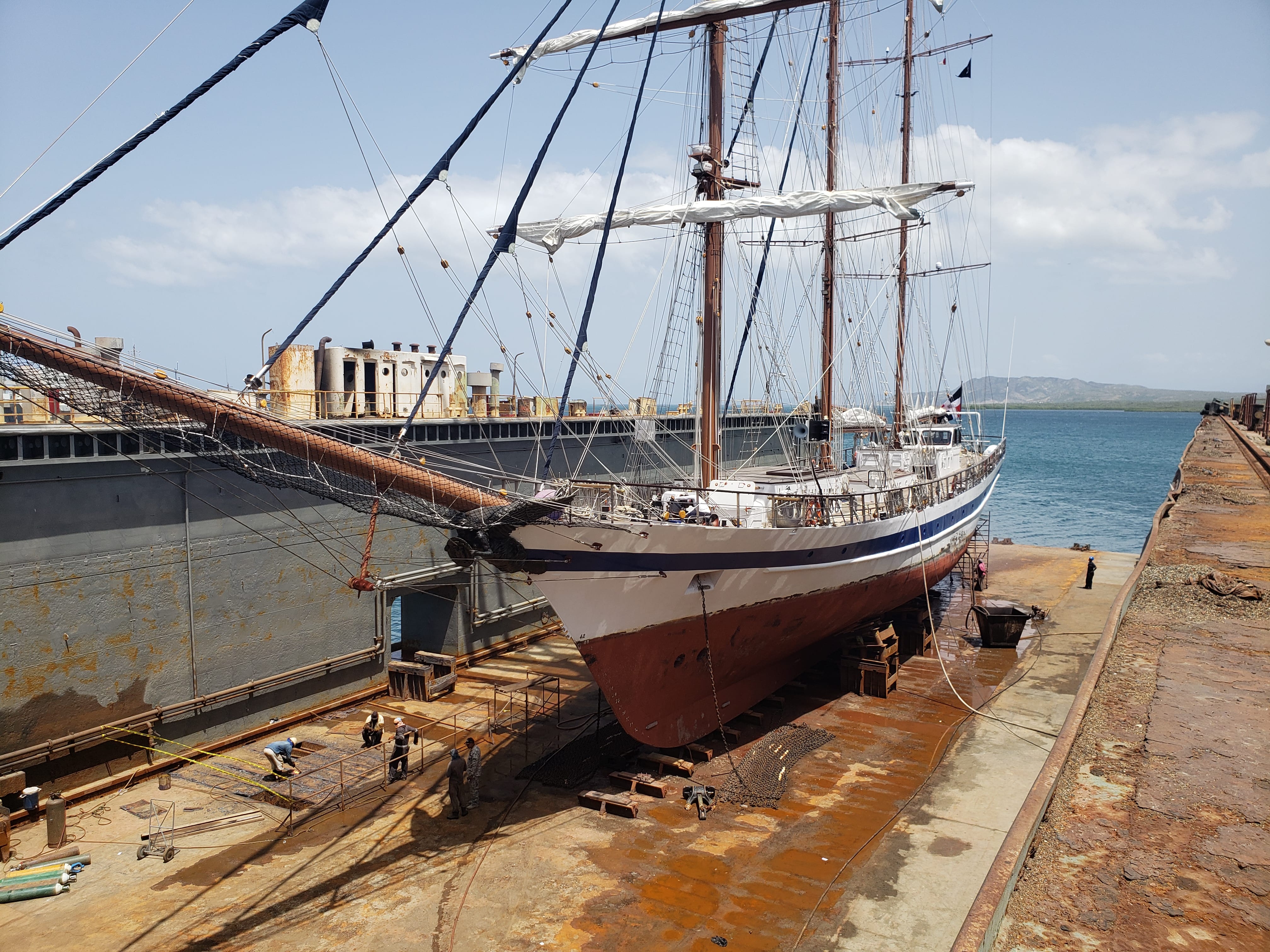
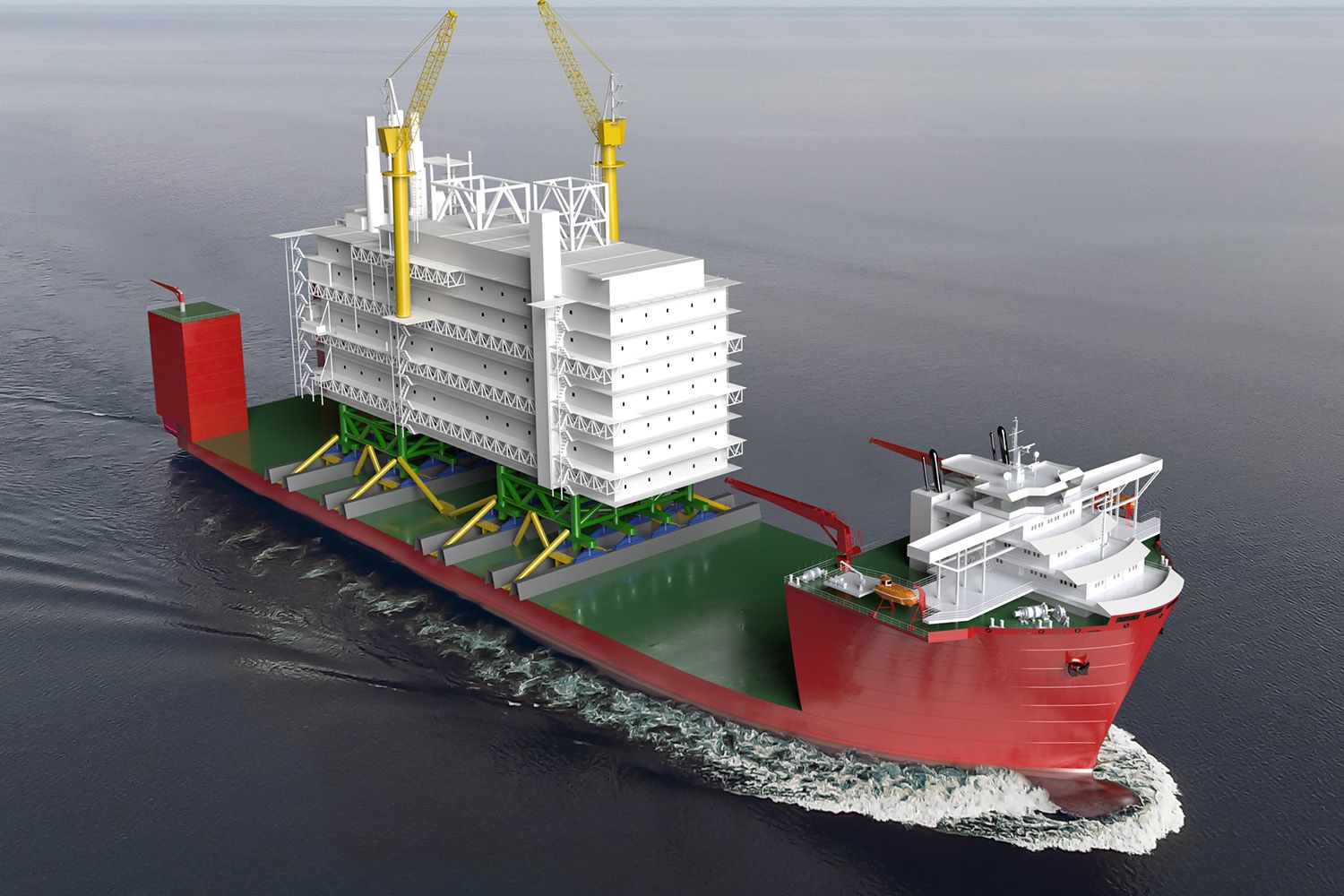
Heavy lift: the ships that ship huge ships
Suppose you have a huge vessel that should be shipped, however not under its own force. It might be harmed or not yet secure, what do you do? This is the place where hefty lift vessels come in, they can move enormous boats like journey ships, war dispatches, and even compartment ships. They do it by lowering under the boat to be shipped, then, at that point raising back up out of the water, like scooping a tennis ball out of the water if the tennis ball gauged a huge number of tons.
So how exactly do these vessels lift ships?
Vessels like the BOKA Vanguard fill ballast tanks to lower the deck of the vessel underwater. According to Wikipedia, the deck is watertight and going under poses no risk to the vessel. Fully flooded, the deck sinks to 52 feet under the surface, allowing for deep draught ships like a cruise ship to float above the transport vessel. The ballast tanks are then emptied and the Vanguard’s deck rises above the water, lifting the cruise ship out of the water. It’s a unique design that means no cranes or other lifting mechanisms are needed to lift a ship that otherwise may even be too heavy. Refloating is just as easy, simply fill the ballast tanks and the ship being transported is again floating and can be moved away from the transport vessel. This type of lift minimizes the risks that would otherwise go with moving large vessels.
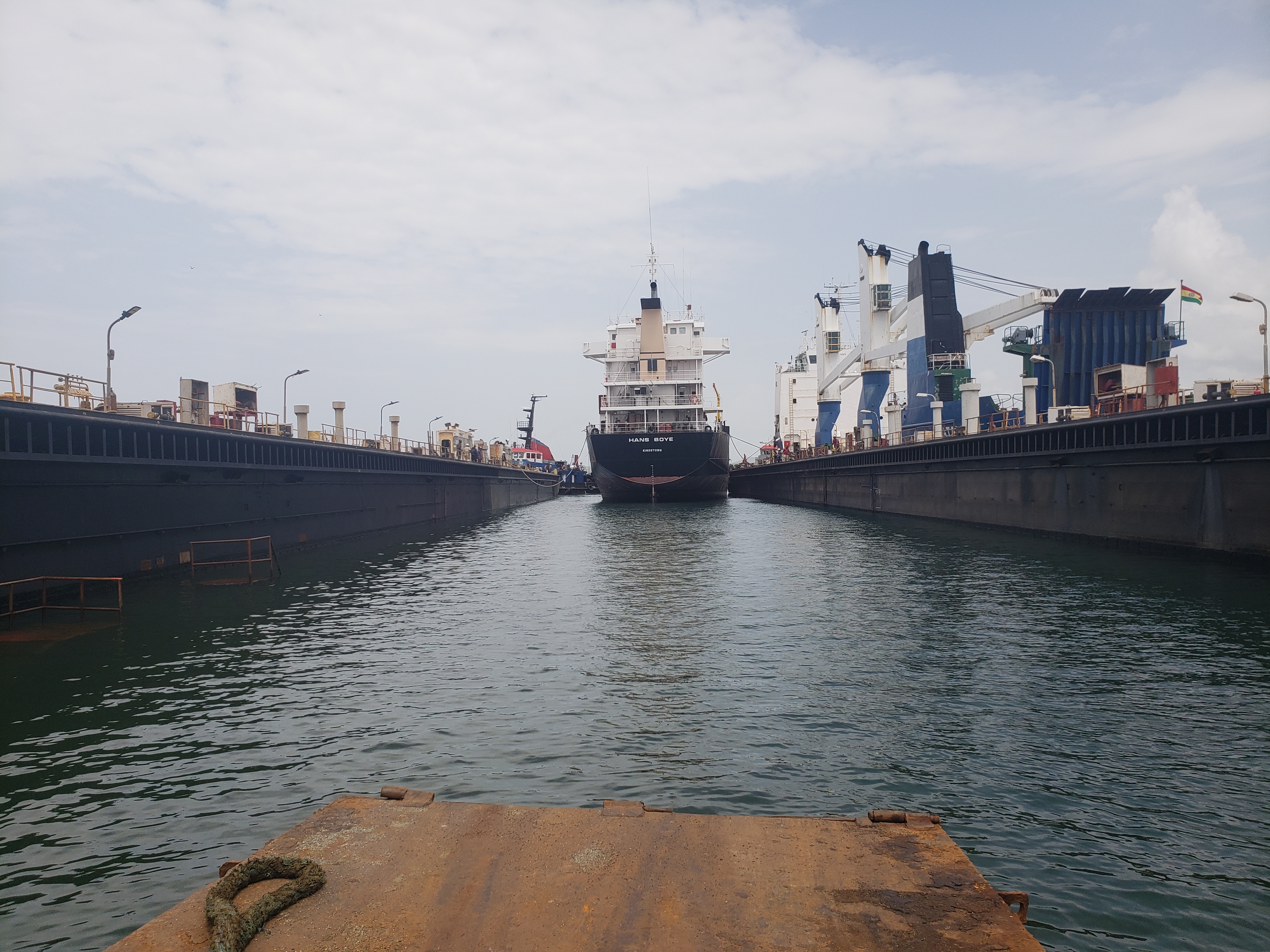
How do Cruise Ships work
Have you ever been on a cruise ship? It can be a very relaxing experience - a smooth ride, good food, drinks, and lots of activities. Between swimming, sightseeing, gambling, and eating too much, it’s easy to forget that cruise ships are a marvel of engineering with impressive power systems.
Let’s take a look at how the power systems work on cruise ships and what happens if the power goes out.
Cruise ship propulsion
On cruise ships, there is an army of computers and engineers keeping everything running: lights are on, AC keeps everything comfortable, and the toilets flush. Part of the reason no one sees the engine room is its location.
Engine rooms can be more than three decks tall, but are split into smaller compartments for safety.
There are two types of drive systems on cruise ships. With direct drive systems, the diesel engines are connected to the propeller shaft. On many vessels, especially newer vessels with dynamic positioning systems, propulsion is diesel-electric, meaning diesel generators power electric motors that drive the ship.
Why diesel-electric power?
The majority of vessels built today are diesel-electric and power generators. This allows the engines to run at or near optimal efficiency no matter the speed of the vessel. At low speeds in port, only one engine may be needed to supply power for auxiliary and propulsion, but once at sea, multiple engines can be started to increase power and speed. While the propellers or thrusters might run on high voltage, that power can be easily converted to lower voltage like 110V for your room.
What about dynamic positioning?
Dynamic positioning is a computer operated system that keeps a vessel on station without human intervention. It uses thrusters underneath the ship combined with wind, wave, and GPS data to keep a vessel almost completely still in the water. Cruise ships use DP systems to better navigate in port as well as have the ability to “anchor” offshore without actually dropping an anchor. In this case, DP systems can keep the ship locked into a position without disturbing marine wildlife with anchors.
Next time you’re on a cruise ship, take a look around, there’s a lot of amazing engineering that went into building that floating city. From the immensely powerful engines to the ticket prices, everything has been designed to function just right.
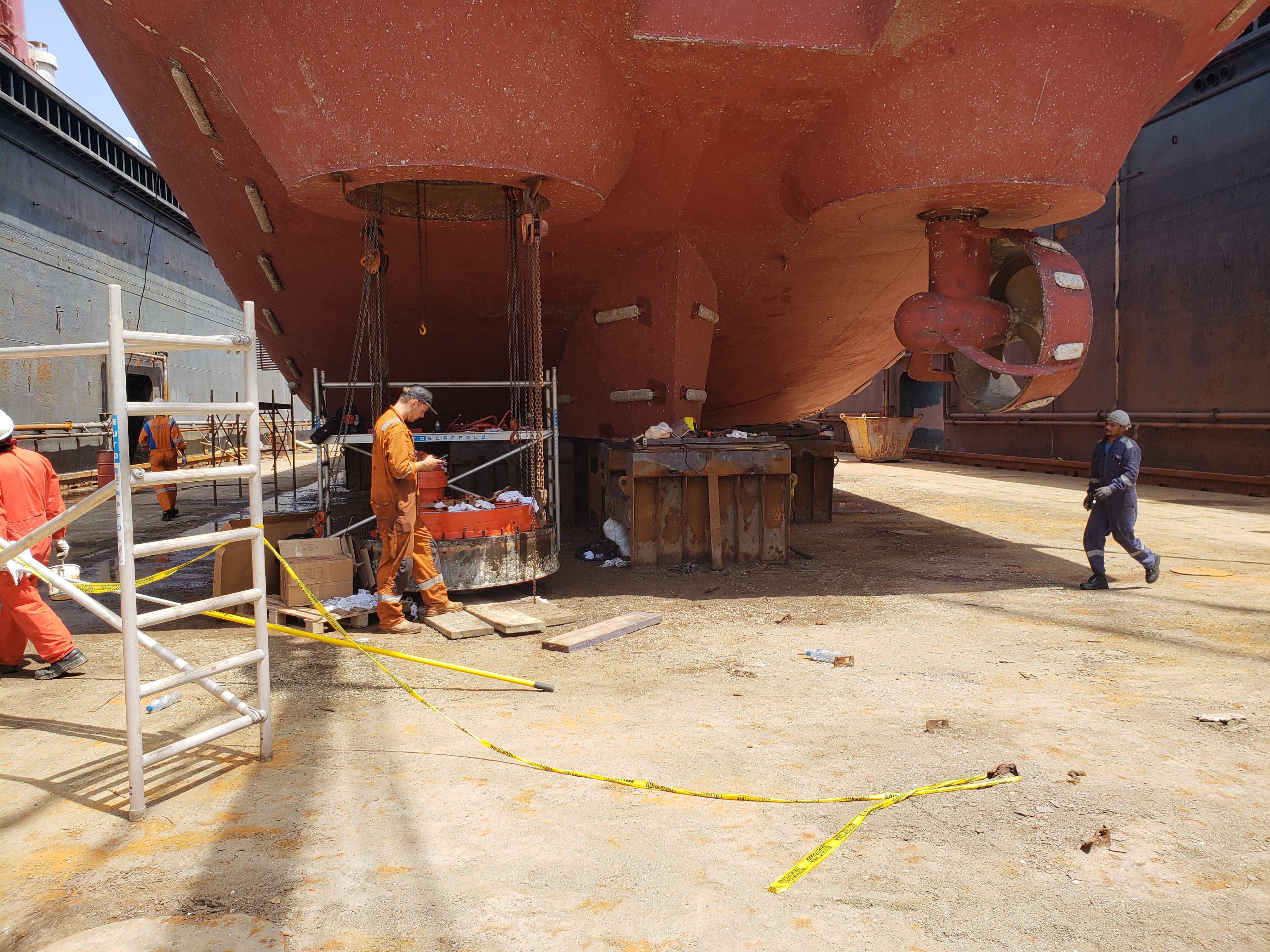
What is life like seaward?
Working seaward can include a difficult timetable, squeezed quarters, and being away from home for quite a long time or even a long time at a time. Working 13+ hour days can be difficult to become acclimated to, yet having a long time off to go through with family and great compensation are draws for this occasionally risky, continually fascinating position. Today we will investigate life on an oil apparatus or stage: driving to work, long timetables, and remaining protected in the sea. Since seaward offices are out on the vast oceans, around many miles from shore, a helicopter is normally the most ideal approach to arrive, in spite of the fact that there are team vessels. Helicopters don't need to manage waves and ocean conditions, particularly significant in the spaces with difficult situations. In any case, there's no stalling out in rush hour gridlock on your drawn out ride across the sea. Apparatuses and stages work 24 hours per day, the entire year, and their movements mirror that. Most specialists are seaward for somewhere around fourteen days in a row, trailed by equivalent downtime. Albeit this can be longer - during COVID a few visits were reached out to about a month and a half. The lengthy visits have likewise been a component of isolate; it's a lot harder to change shifts when you need to isolate for seven days prior to going to work. Days are usually 12 hours long, but add in some hand-over time and meetings, then it’s closer to 13 hours on most days. While offshore, workers work every day without a day off until they go home.
Shifts sometimes run 0:00-12:00 and 12:00-0:00, but can also run 6:00-18:00 and 18:00-6:00. In fact, one of the strangest parts of offshore drilling is that you could be busy every day for weeks, but this depends on your job. Also, you could work overtime, or even be on standby for weeks just waiting to do your part. One of the upsides to life offshore is the food. Regular shipments of food are brought in, which means fresh vegetables, fruit, meat, and chefs to prepare it all. Of course, that breakfast of eggs, biscuits and gravy, ham, bacon, and pancakes will get burned off quickly during the 13 hours on the job. Meals are served four times per day, giving people who are about to start a shift or just getting off a shift time to grab some freshly cooked food. Lodges are typically somewhere in the range of one to four individuals to a room, and divided washrooms among lodges. It tends to be harsh when at least 4 individuals are getting moving around the same time before their shift and attempting to utilize a similar shower, yet it's something to become accustomed to. Clothing is completely accomplished for you, and gourmet specialists get ready dinners four times each day, so essentially the errands are kept to a base for laborers. Working offshore requires lots of training on how to stay safe around heavy machinery, combustible materials, and other safety lessons you need to know while working 100 feet above the middle of the sea on a small steel city.
